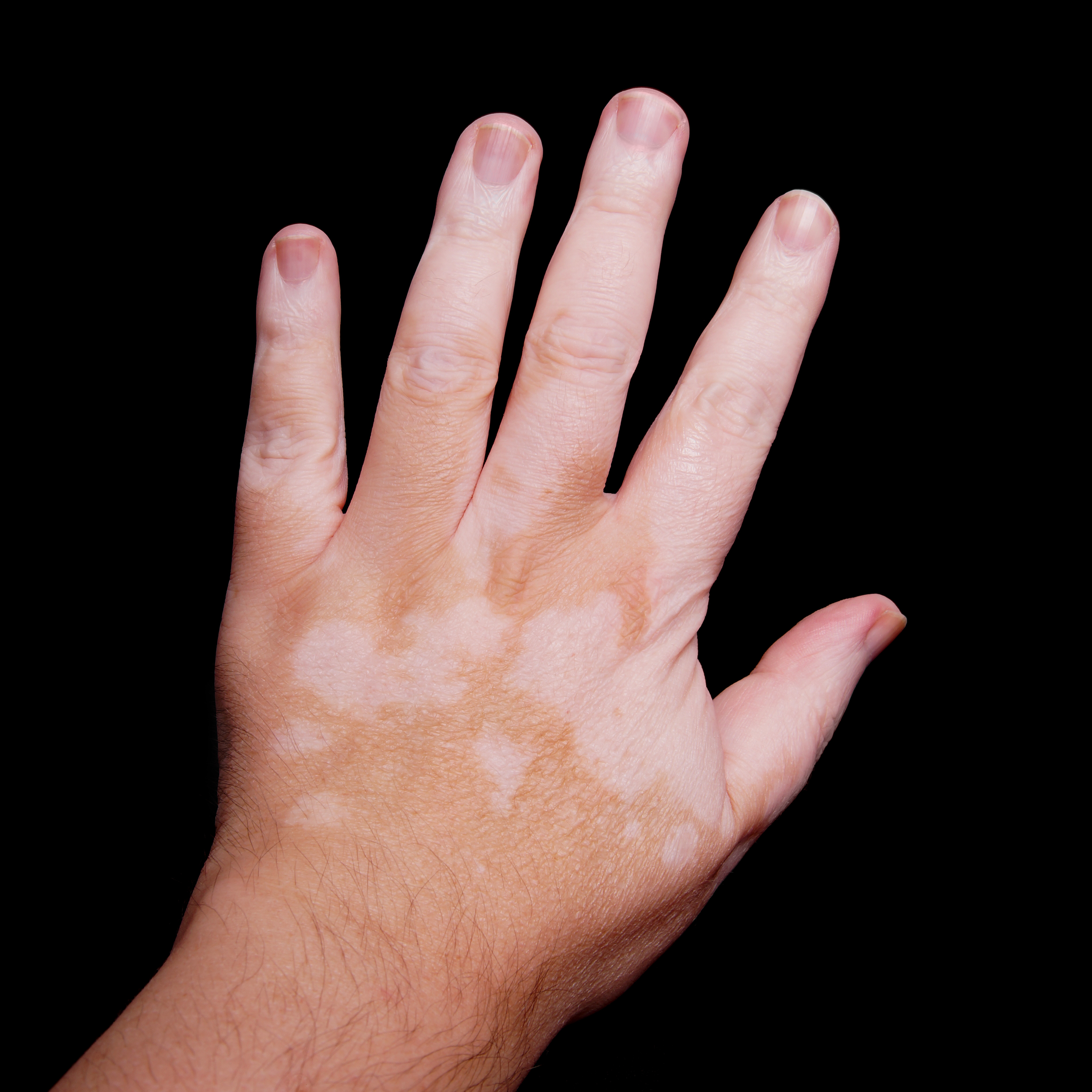Vitiligo is a skin disease well known for the depigmentation and “bleached out” patches it causes on the skin. The consequences of this condition can vary from a small fleck of white discoloration, to large portions of the face, limbs or trunk losing its color. Treatment of this condition with topical therapies has shown to be effective, however can be cumbersome is large areas of the skin are involved. Narrowband UVB phototherapy is able to deliver treatment to a patient’s entire skin surface and has proven to show improvement in patients with this condition.
For those who are looking for a way to lessen the effects of Vitiligo, phototherapy can be a viable option. “There is a large and quite pervasive misconception that Vitiligo is a condition that can’t be treated,” says Dr. Adam Mamelak, a board-certified Dermatologist at Sanova Dermatology in Austin, Texas. “Narrowband therapy can repigment the skin in many patients.”
 Although often downplayed as a simple cosmetic issue, Vitiligo has been shown to cause significant psychologic distress. This is particularly true in individuals with darker complexions and skin types, where the contrast in skin discoloration is greatest. Furthermore, Vitiligo has been associated with an increased risks of certain autoimmune conditions, including thyroid disease and anemia.
Although often downplayed as a simple cosmetic issue, Vitiligo has been shown to cause significant psychologic distress. This is particularly true in individuals with darker complexions and skin types, where the contrast in skin discoloration is greatest. Furthermore, Vitiligo has been associated with an increased risks of certain autoimmune conditions, including thyroid disease and anemia.
Phototherapy has been used in a variety of dermatologic conditions including psoriasis and others, however it can also help patients retain their natural skin pigmentation and color by stimulating the pigment-producing melanocyte cells in the skin. “No matter what the skin type, these light treatments have been shown to bring pigment back to the affected portions of the skin,” says Dr. Miriam Hanson, board-certified dermatologist in Austin, Texas. This can be extremely exciting news for those who feel isolated and self-conscious from their skin condition.
Consistency with the phototherapy regimen is crucial in obtaining optimal results. “Patients typically visit the office 2 to 3 times a week for treatments. Each session is brief, typically ranging anywhere from 30 seconds to a few minutes, however the treatment durations do get longer as the treatment progresses,” Dr. Mamelak explains. Maintenance therapy at much less frequent intervals might be recommended after the treatment series is completed. Phototherapy can be paired with other oral and/or topical medicines to enhance its effectiveness.
Contact Us
Are you looking for treatment options for your Vitiligo? Please contact us at Sanova Dermatology today to see how we can help you!
Join Us

